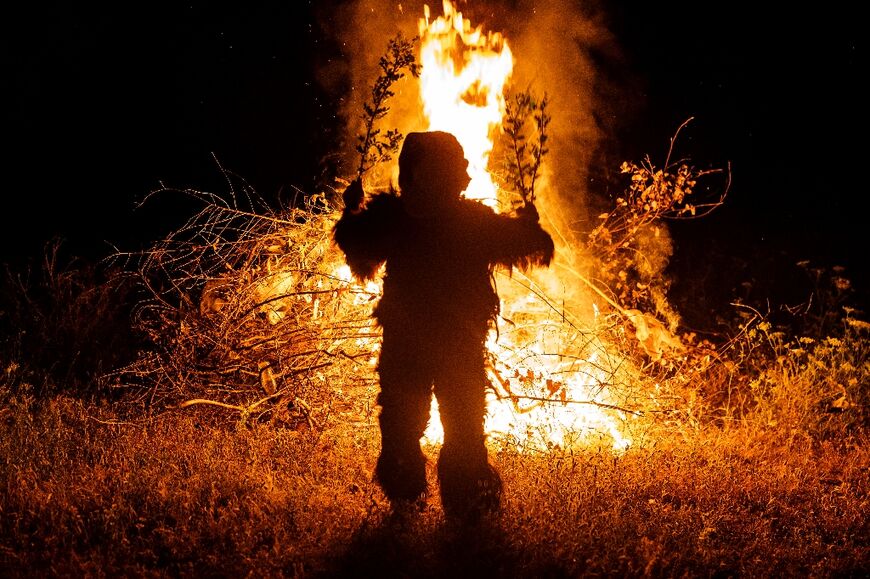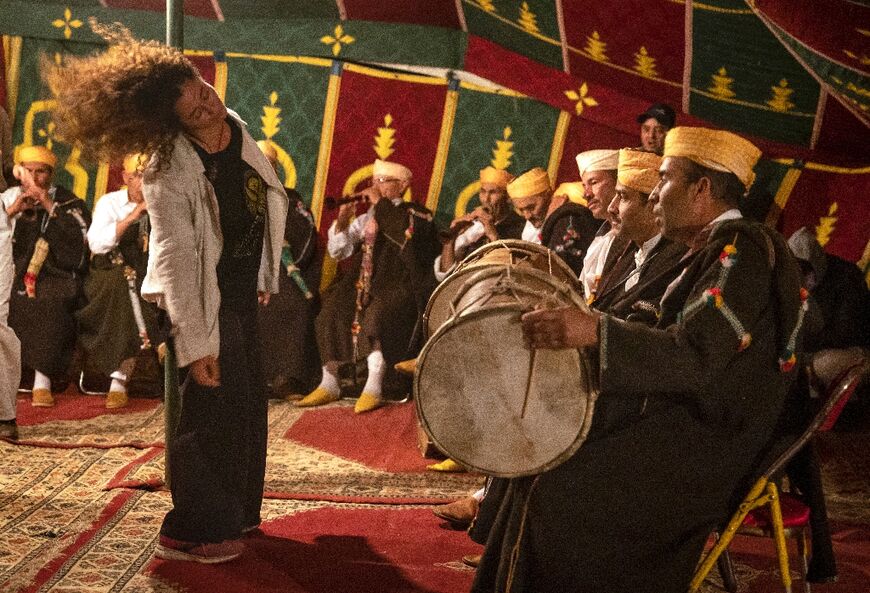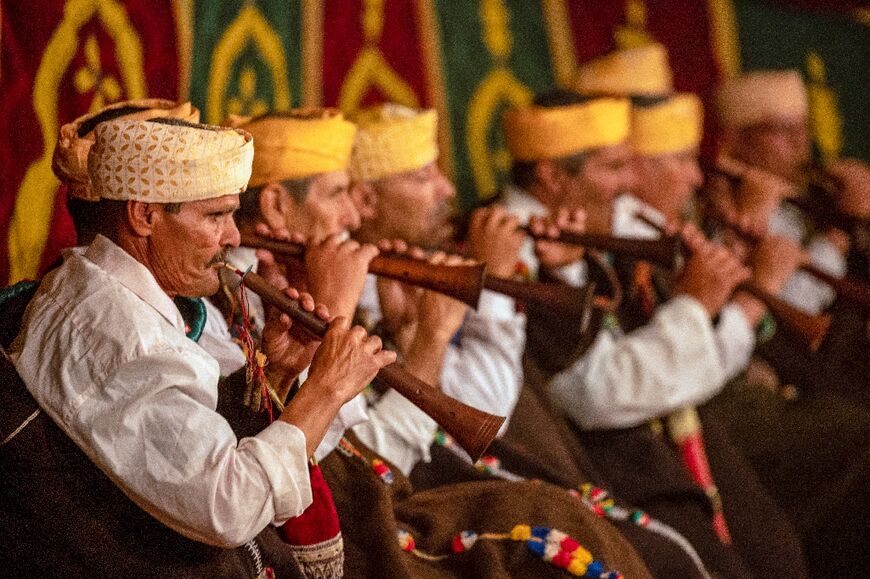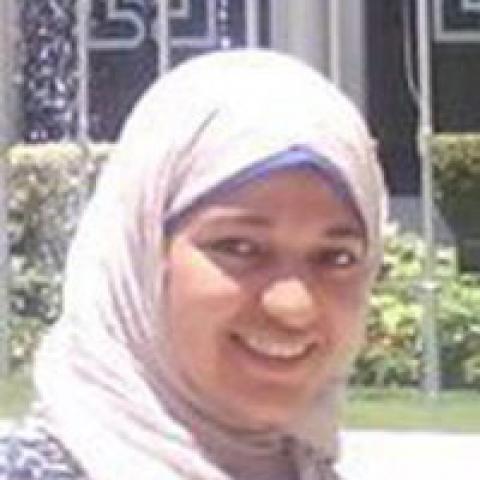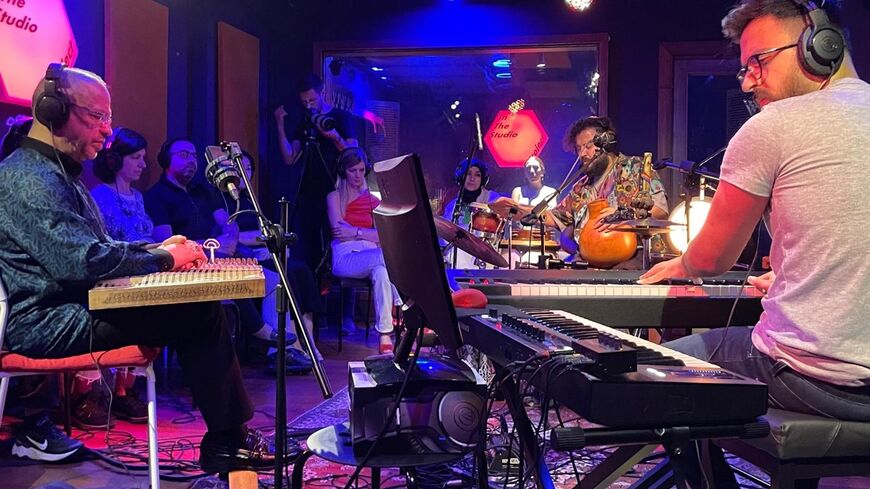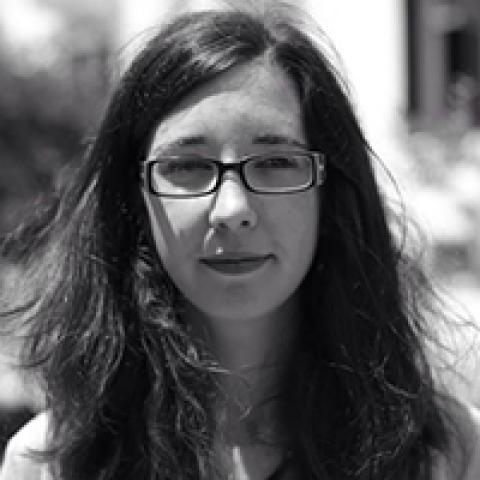Ancient Moroccan mountain music entrances festival crowd
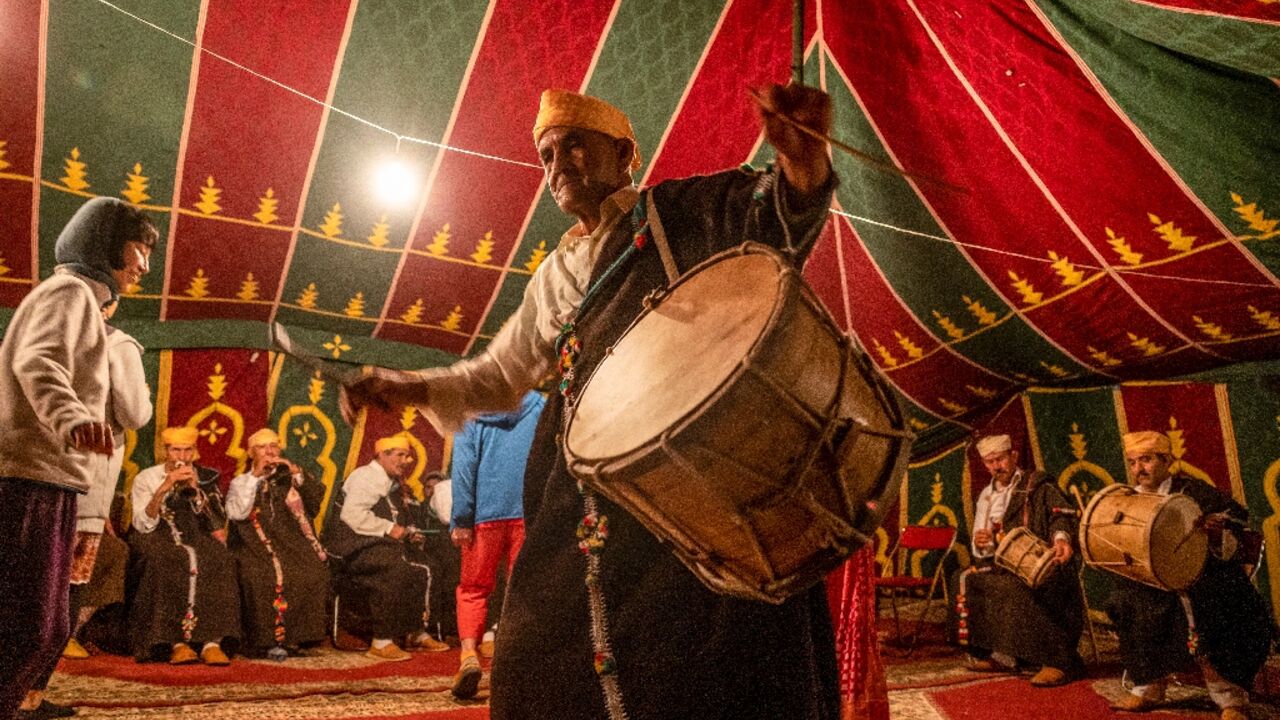
A hypnotic drum beat blends with ancient Sufi-inspired tunes in a tent in a Moroccan mountain village where local musicians regroup once a year when they don't play the world's top stages.
The Master Musicians of Joujouka draw on centuries of local tradition with a hypnotic sound that captivated the 1950s Beatniks, the Rolling Stones' Brian Jones and fans everywhere since.
The Joujouka collective has performed at top global venues from Paris's Pompidou Centre to Britain's Glastonbury Festival.
But every spring, they like to play to a more intimate audience of only about 50 devotees in their village located 80 kilometres (50 miles) south of Tangier.
Rolling Stone magazine once dubbed the tribal trance festival "the oldest, most exclusive dance party in the world".
"The music must never stop resonating in the village," said Ahmed El Attar, 67, the leader of the collective.
According to local legend, their music traces its influences back 4,000 years in this region of the Rif Mountains.
It also draws on Sufism, the mystical branch of Islam, whose saint Sidi Ahmed Cheikh came to the village in the 15th century, the musicians say.
"It's thanks to the baraka (blessing) of Sidi Ahmed Cheikh that our music has become global," said Attar.
- 'Incredibly powerful music' -
It was past midnight when the group's 15 musicians, dressed in wool djellabas, started to play in a large tent decked out with carpets and set up in a courtyard lined with olive trees.
Soon the piercing sound of ghaita horns filled the night, and the session went on for nearly three hours without breaking tempo.
"It's incredibly powerful music," said John Egan, a former member of British psychedelic rock band Ozric Tentacles.
Given the large range of musicians, Egan noted, "it's like herding cats to have multiple musicians playing on tune together".
In one highlight, three boys appeared in traditional women's clothes, signalling according to local belief the coming of Boujloud, a half-man, half-goat mythical figure.
The lights went out, and the creature appeared before the flames of a blazing fire, dancing and waving branches to bring blessings and fertility.
Moroccan artist Mohamed Hamri, a native of the village, in the 1950s played a pivotal role in bringing Joujouka music to the attention of foreign artists.
Among the early fans were British-Canadian writer, painter and sound poet Brion Gysin and his friend the Beat Generation legend William Burroughs, who wrote the "Naked Lunch" in Tangier.
- 'Ancient spiritual connection' -
The Joujouka group rose to world fame in part thanks to Rolling Stones founder Brian Jones who, fleeing tensions with band members Mick Jagger and Keith Richards, travelled to Morocco in the summer of 1968.
There he recorded the Joujouka musicians for an album that used a painting by Hamri as its cover art. It was released after Jones' death under the title "Brian Jones Presents the Pipes of Pan at Joujouka" in 1971.
Growing fame allowed the Moroccan artists to travel the world, but disagreements led to a split in the early 1990s, with a separate group called the Master Musicians of Jajouka led by Bachir Attar.
The group's patron Sufi saint, who is buried in the village, endowed the music with the power to "heal souls", said Abdessalam Rrtoubi, 64, who plays the ghaita.
Japanese musician Haitaro Hanamura, one of the fans, said he had come back for a sixth time and praised the group not just for its music but also for what he said were its therapeutic powers.
"Last year, I had back pain," said the 57-year-old. "The leader gave me a massage at the sanctuary and it really relieved me."
This year the event is being held over two dates due to the high demand.
Frank Rynne, an Irishman who started the Joujouka festival in 2008, said the music "keeps something alive that people can identify with as an ancient spiritual connection".


